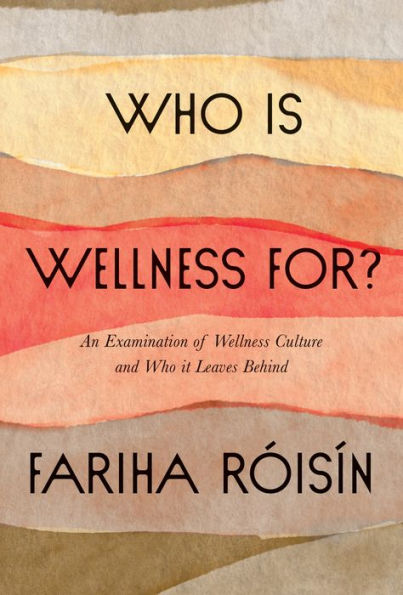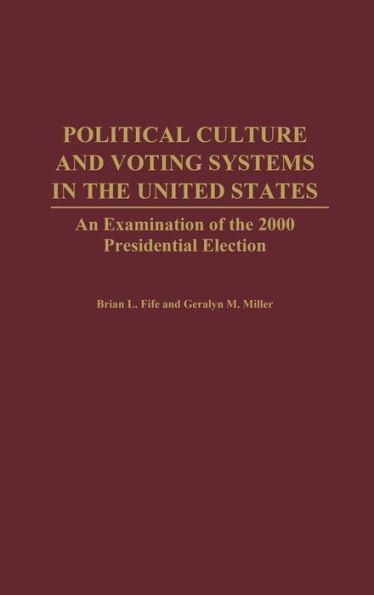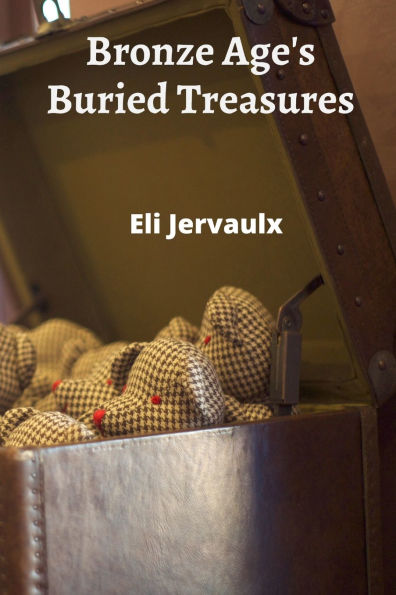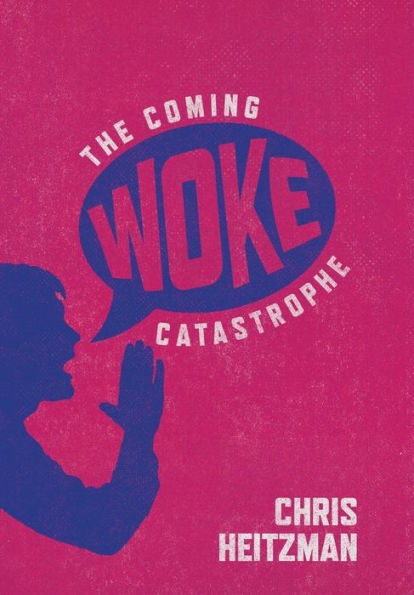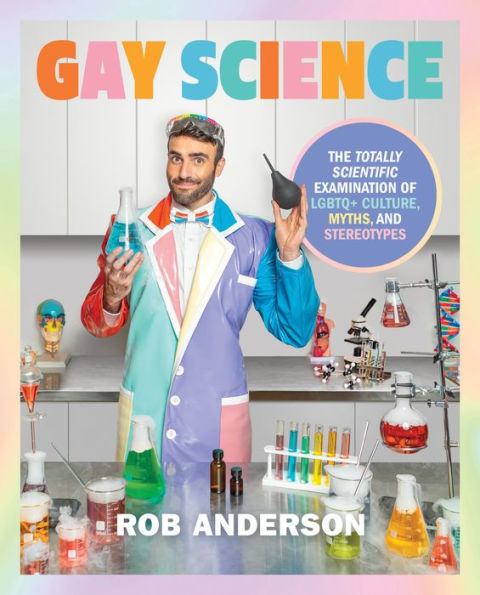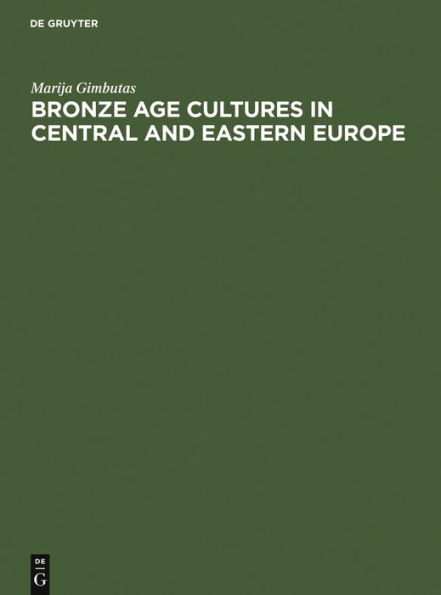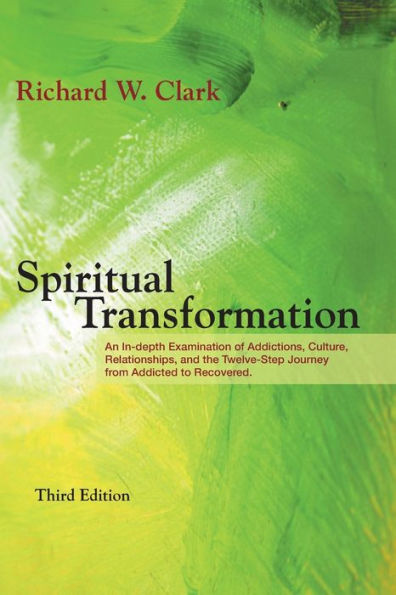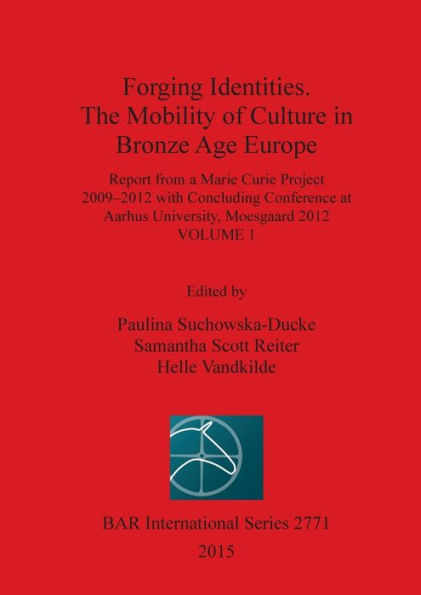Home
Pitiless Bronze: A Postpatriarchal Examination of Prepatriarchal Cultures
Barnes and Noble
Loading Inventory...
Pitiless Bronze: A Postpatriarchal Examination of Prepatriarchal Cultures in Franklin, TN
Current price: $32.99
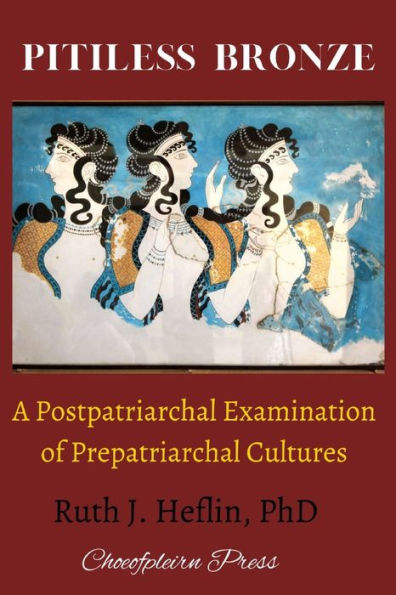
Barnes and Noble
Pitiless Bronze: A Postpatriarchal Examination of Prepatriarchal Cultures in Franklin, TN
Current price: $32.99
Loading Inventory...
Size: OS
Archeologists, historians, anthropologists, literary analysts, and others tend to assume that, if a man was leading an ancient culture, it must already have been a patriarchy.
However, we now know that most cultures began as gynocentric cultures, valuing women above men in spiritual and social structures because of women's natural ties to the cosmos through menstruation and childbirth.
Even at first contact with the Spanish, the Aztecs fervently believed women were waging battle, hence the monthly bleeding, with powers from other realms in order to bring new souls to this one. So deeply did they believe this idea that male warriors often tried to obtain the body parts of women who died in childbirth in order to carry their potent magic with them into combat, so that they, like menstruating female warriors, could bleed but not die. This form of sympathetic magic led to circumcision's prominence around the world today.
Dr. Heflin uses her scholarly background with American Indian cultures to examine ancient symbols, myths, and cultural concepts from cultures that developed writing in the Eurasian Bronze Age, as well as from Mesoamerican cultures, demonstrating that, once humanity learned that males play a biological role in procreation (the "first biology experiment"), men used that information to transcend women's spiritual powers, transforming powerful Female Magic into "sinister" elements to be feared and reviled over the course of several centuries, tracing this process through changes in language, such as the Akkadian word for women, "sinnestra" which becomes our word "sinister."
Demonstrating how males had to use violence and the threat of violence (toxic masculinity) in order to hold sway over their cultures, Dr. Heflin fully demonstrates how women were the original creators, scientists, literal "homemakers," and community builders prior to the rise of the patriarchy during the Eurasian Bronze Age.
However, we now know that most cultures began as gynocentric cultures, valuing women above men in spiritual and social structures because of women's natural ties to the cosmos through menstruation and childbirth.
Even at first contact with the Spanish, the Aztecs fervently believed women were waging battle, hence the monthly bleeding, with powers from other realms in order to bring new souls to this one. So deeply did they believe this idea that male warriors often tried to obtain the body parts of women who died in childbirth in order to carry their potent magic with them into combat, so that they, like menstruating female warriors, could bleed but not die. This form of sympathetic magic led to circumcision's prominence around the world today.
Dr. Heflin uses her scholarly background with American Indian cultures to examine ancient symbols, myths, and cultural concepts from cultures that developed writing in the Eurasian Bronze Age, as well as from Mesoamerican cultures, demonstrating that, once humanity learned that males play a biological role in procreation (the "first biology experiment"), men used that information to transcend women's spiritual powers, transforming powerful Female Magic into "sinister" elements to be feared and reviled over the course of several centuries, tracing this process through changes in language, such as the Akkadian word for women, "sinnestra" which becomes our word "sinister."
Demonstrating how males had to use violence and the threat of violence (toxic masculinity) in order to hold sway over their cultures, Dr. Heflin fully demonstrates how women were the original creators, scientists, literal "homemakers," and community builders prior to the rise of the patriarchy during the Eurasian Bronze Age.
Archeologists, historians, anthropologists, literary analysts, and others tend to assume that, if a man was leading an ancient culture, it must already have been a patriarchy.
However, we now know that most cultures began as gynocentric cultures, valuing women above men in spiritual and social structures because of women's natural ties to the cosmos through menstruation and childbirth.
Even at first contact with the Spanish, the Aztecs fervently believed women were waging battle, hence the monthly bleeding, with powers from other realms in order to bring new souls to this one. So deeply did they believe this idea that male warriors often tried to obtain the body parts of women who died in childbirth in order to carry their potent magic with them into combat, so that they, like menstruating female warriors, could bleed but not die. This form of sympathetic magic led to circumcision's prominence around the world today.
Dr. Heflin uses her scholarly background with American Indian cultures to examine ancient symbols, myths, and cultural concepts from cultures that developed writing in the Eurasian Bronze Age, as well as from Mesoamerican cultures, demonstrating that, once humanity learned that males play a biological role in procreation (the "first biology experiment"), men used that information to transcend women's spiritual powers, transforming powerful Female Magic into "sinister" elements to be feared and reviled over the course of several centuries, tracing this process through changes in language, such as the Akkadian word for women, "sinnestra" which becomes our word "sinister."
Demonstrating how males had to use violence and the threat of violence (toxic masculinity) in order to hold sway over their cultures, Dr. Heflin fully demonstrates how women were the original creators, scientists, literal "homemakers," and community builders prior to the rise of the patriarchy during the Eurasian Bronze Age.
However, we now know that most cultures began as gynocentric cultures, valuing women above men in spiritual and social structures because of women's natural ties to the cosmos through menstruation and childbirth.
Even at first contact with the Spanish, the Aztecs fervently believed women were waging battle, hence the monthly bleeding, with powers from other realms in order to bring new souls to this one. So deeply did they believe this idea that male warriors often tried to obtain the body parts of women who died in childbirth in order to carry their potent magic with them into combat, so that they, like menstruating female warriors, could bleed but not die. This form of sympathetic magic led to circumcision's prominence around the world today.
Dr. Heflin uses her scholarly background with American Indian cultures to examine ancient symbols, myths, and cultural concepts from cultures that developed writing in the Eurasian Bronze Age, as well as from Mesoamerican cultures, demonstrating that, once humanity learned that males play a biological role in procreation (the "first biology experiment"), men used that information to transcend women's spiritual powers, transforming powerful Female Magic into "sinister" elements to be feared and reviled over the course of several centuries, tracing this process through changes in language, such as the Akkadian word for women, "sinnestra" which becomes our word "sinister."
Demonstrating how males had to use violence and the threat of violence (toxic masculinity) in order to hold sway over their cultures, Dr. Heflin fully demonstrates how women were the original creators, scientists, literal "homemakers," and community builders prior to the rise of the patriarchy during the Eurasian Bronze Age.
